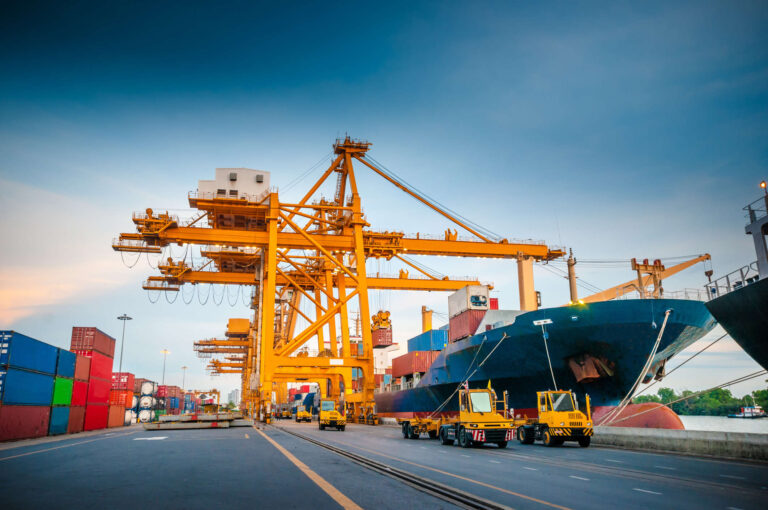How Do Government Subsidies Help an Industry?

Government Subsidies help an industry by paying for part of the cost of the production of a good or service by offering tax credits or reimbursements or by paying for part of the cost a consumer would pay to purchase a good or service.A subsidy is often granted by a government to support critical parts of the economy that are thought to be vulnerable to external forces.
Subsidies are payments, tax breaks, or other forms of economic support given by governments to certain industries or economic sectors.
Effect of Subsidies on Supply
Governments seek to implement subsidies to encourage production and consumption in specific industries. When government subsidies are implemented to the supplier, an industry is able to allow its producers to produce more goods and services.This increases the overall supply of that good or service, which increases the quantity demanded of that good or service and lowers the overall price of the good or service.
In this sense, when the government gives subsidies to the supplier, what results is a win-win situation for both the supplier and the consumer. Essentially, the supplier is benefitting as if the good were selling at a higher price and is able to produce more of the product. Meanwhile, consumers get to enjoy the product for what would be a comparatively cheaper price, since suppliers do not need to charge exorbitant rates to break even on production
1. Tax Credits
On the consumer side, government subsidies can help potential consumers with the cost of a good or service, usually through tax credits. For example, a great example of this is the transition to more renewable sources of energy. With still nascent models of green economics, the current demand to purchase new energy-saving technology is low. In order to sway consumer interest, government subsidies or tax credits can help with this high cost of adoption. When consumers refit their houses with solar panels, the government will provide a tax credit to individuals and families to offset the high price of purchasing the new solar panels.
In this sense, consumer-targeted subsidies will not necessarily increase supply, since producers aren’t being motivated or compensated to produce more. However, tax credits will offset higher prices for consumers so that the margin still goes back to producers.
2. What Are Some Critiques of Government Subsidies?
Critics of subsidies claim that they interfere with free markets, and therefore can cause anomalies or inefficiencies. Critics argue that subsidies create unfair conditions that favor one set of companies over others, reducing competition. These companies can take advantage of subsidies to engage in rent-seeking, ultimately at the harm of consumers
3. What Are Direct vs. Indirect Subsidies?
Direct subsidies involve cash transfers or tax breaks that immediately impact a company or industry. Indirect subsidies do not have a specific cash value or involve payments of cash. These can instead include making it easier to obtain inputs or reducing costs in other ways.
Government subsidies can help an industry on both the supplier side and the consumer side, no matter on which end they are implemented. To implement subsidies, governments need to raise taxes or reallocate taxes from existing budgets. There is also an argument that incentives in the form of subsidies actually reduce the incentives of firms to cut costs. However, whether it’s by increasing supply through supplier-side subsidies, or helping consumers with high costs of adoption through tax credits, it’s clear that government intervention in market economics has real-life impacts on both parties alike.





